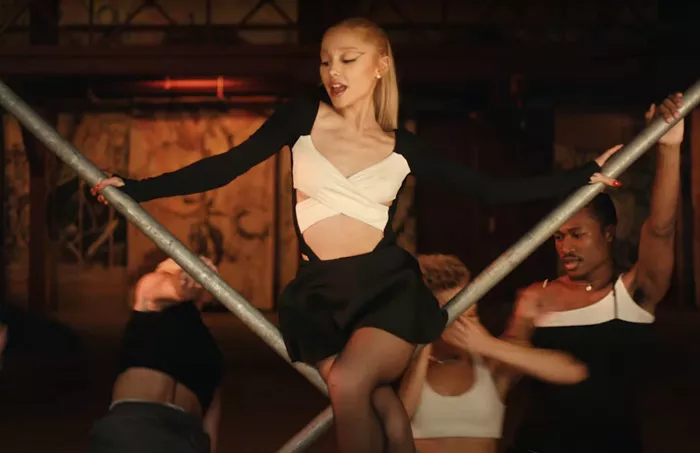Pop music, characterized by its catchy melodies, broad appeal, and significant cultural impact, is often associated with a spectrum of vibrant colors. However, determining a specific color that represents pop music involves exploring the psychological, cultural, and historical connections between color and music. In this comprehensive analysis, we will delve into how colors are symbolically linked to pop music, exploring the various shades and hues that resonate with this dynamic genre.
1. The Psychology of Color and Music
Color psychology plays a crucial role in how we perceive music. Each color evokes different emotions and moods, which can parallel the feelings that pop music aims to convey. For example:
Red: Often associated with energy, passion, and excitement, red can reflect the upbeat and dynamic nature of pop music. The color red is commonly used in album covers, promotional materials, and music videos to attract attention and convey high energy.
Yellow: Symbolizing happiness, optimism, and creativity, yellow aligns with pop music’s cheerful and feel-good vibes. Its bright and sunny disposition makes it a popular choice in pop-related imagery.
Blue: While typically associated with calmness and introspection, lighter shades of blue can evoke a sense of freshness and tranquility that aligns with some of the more mellow pop tunes.
2. Historical Context and Pop Music’s Visual Identity
The relationship between pop music and color has evolved over the decades. The visual identity of pop music has been shaped by various artists and trends, reflecting cultural shifts and technological advancements.
1950s and 1960s: Early pop music was influenced by the vibrant and experimental aesthetics of the time. The use of bright, contrasting colors in album covers and music videos mirrored the energetic and revolutionary spirit of artists like Elvis Presley and The Beatles.
1970s and 1980s: The rise of disco and synth-pop saw an explosion of neon colors and bold patterns. Artists like Madonna and Michael Jackson embraced these visual elements to enhance their larger-than-life personas and make a strong visual statement.
1990s to 2000s: With the advent of music videos as a dominant medium, colors became even more integral to pop music’s presentation. Iconic visuals from artists like Britney Spears and NSYNC utilized a mix of vibrant and pastel colors to match their youthful and energetic style.
3. Iconic Colors in Pop Music
Certain colors have become emblematic of pop music, thanks to their frequent use in album art, music videos, and fashion.
Pink: Frequently associated with femininity and fun, pink has become a staple color in pop music. Artists like Katy Perry and Ariana Grande often incorporate pink in their branding to reflect a playful and youthful image.
Purple: This color combines the passion of red with the calm of blue, symbolizing creativity and originality. Purple has been used effectively by artists like Prince, who made it a signature part of his persona.
Black and White: Although not as vibrant, black and white are essential in pop music for their versatility and timeless appeal. They can provide a striking contrast in visual media and allow for a focus on the artist’s performance and personality.
4. Color Trends and Cultural Influences
Pop music’s relationship with color is also influenced by broader cultural and fashion trends. The interplay between music and fashion has led to the adoption of specific colors that reflect current societal moods and preferences.
Neon Colors: The resurgence of neon colors in the 2010s, influenced by retro aesthetics and electronic music, has been embraced by pop artists to convey a sense of fun and futuristic appeal.
Pastel Colors: The popularity of pastel shades in recent years reflects a shift towards a softer, more nostalgic pop aesthetic. Artists like Billie Eilish have used pastel colors to enhance their unique, introspective style.
Metallic Colors: Metallics, such as silver and gold, are often used in pop music to evoke a sense of glamour and extravagance. They are prevalent in high-energy performances and elaborate stage designs.
5. The Future of Color in Pop Music
As pop music continues to evolve, so too will its visual representation. Emerging technologies and trends will influence how colors are used in the genre, creating new opportunities for artistic expression.
Virtual and Augmented Reality: As technology advances, the use of color in virtual and augmented reality experiences will offer new ways for artists to engage with their audience. Interactive and immersive color experiences will become a key part of pop music’s future.
Sustainability and Color Trends: With increasing awareness of environmental issues, sustainable practices in fashion and media might influence color choices in pop music. Earthy tones and eco-friendly dyes could become more prominent.
See Also: What was Taylor Swift’s First Pop Album?
Conclusion
In summary, the color that represents pop music is not a single shade but a dynamic palette reflecting the genre’s vibrant and ever-changing nature. Colors such as red, yellow, pink, purple, and black-and-white each play a role in conveying the energy, emotion, and identity of pop music. The historical evolution and cultural influences of these colors demonstrate their importance in shaping the visual identity of pop music. As the genre continues to grow and adapt, its relationship with color will remain a crucial aspect of its artistic expression and cultural impact.

